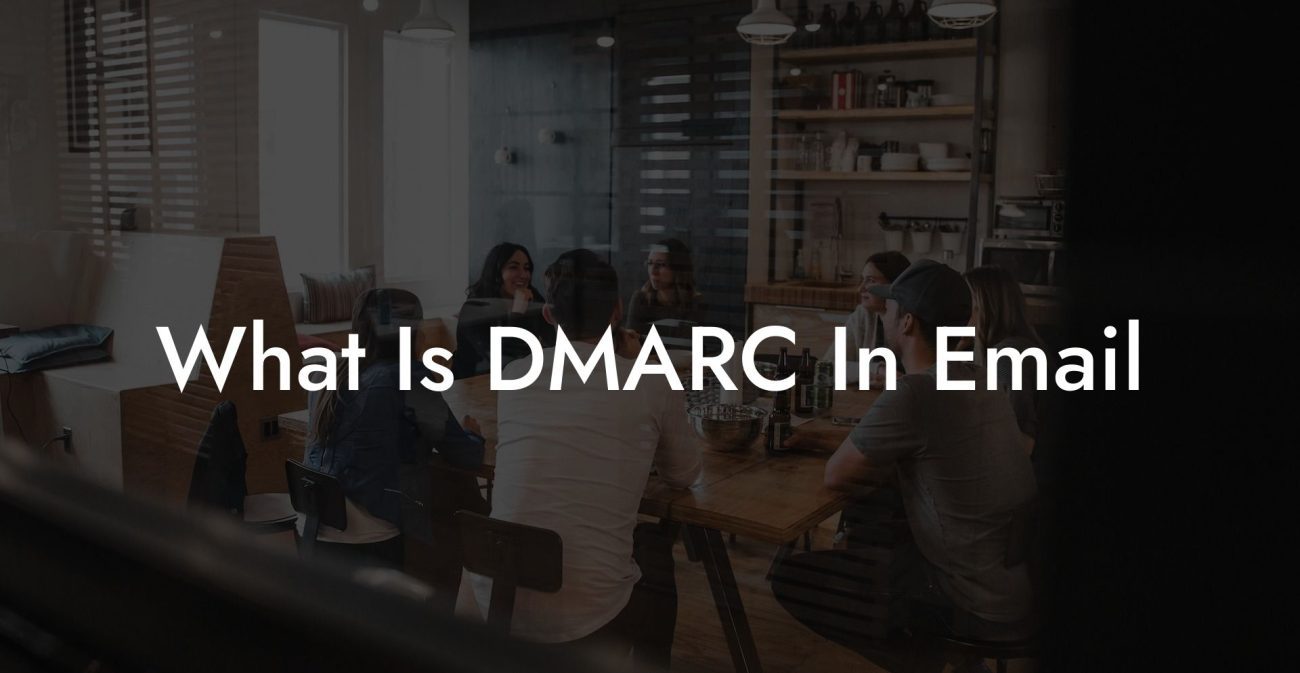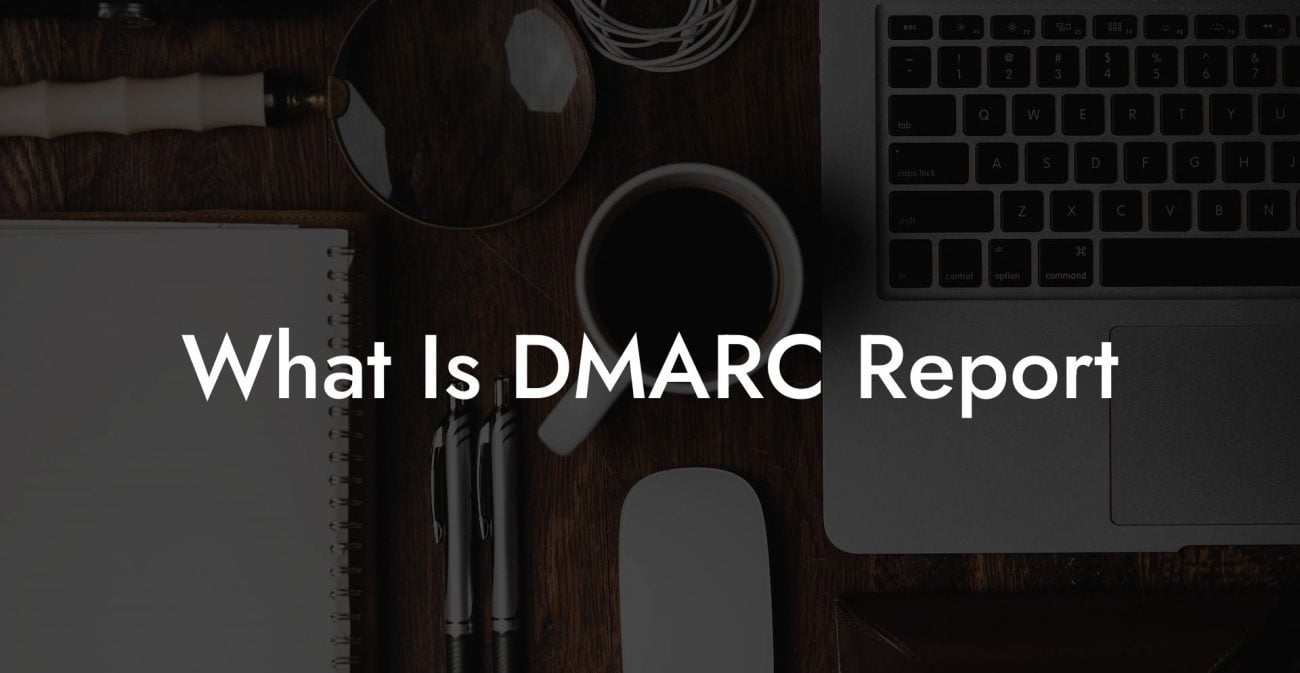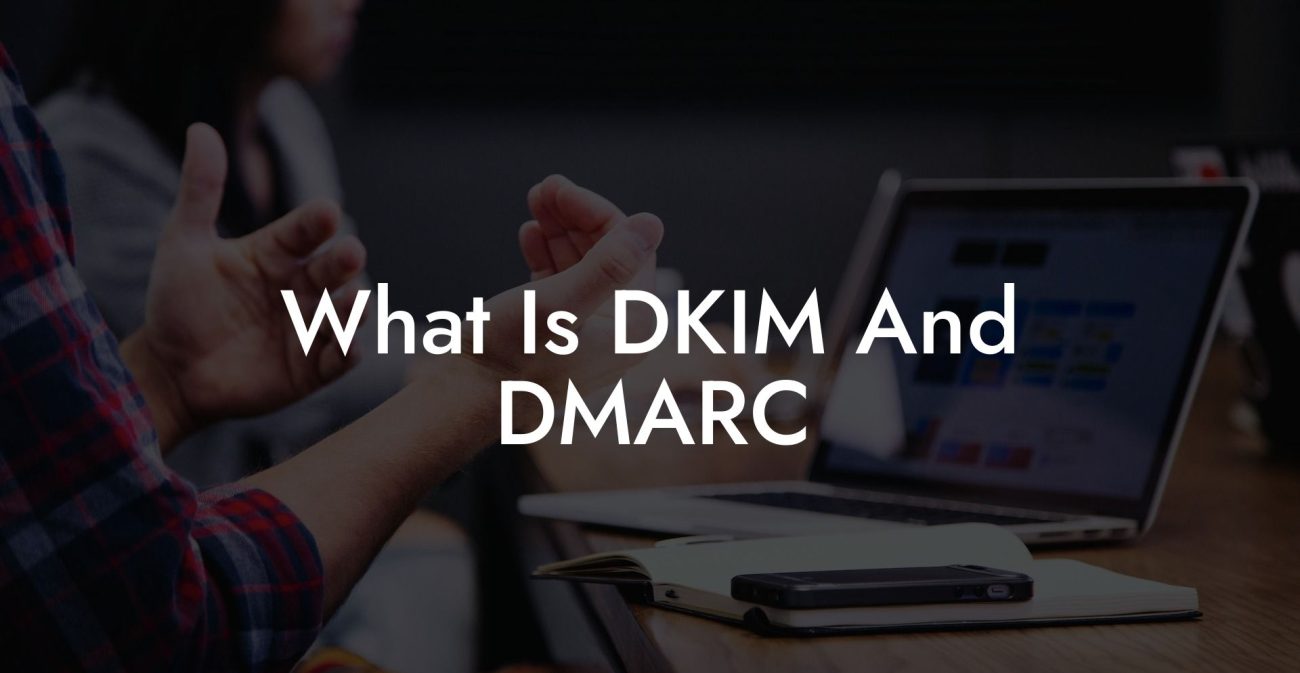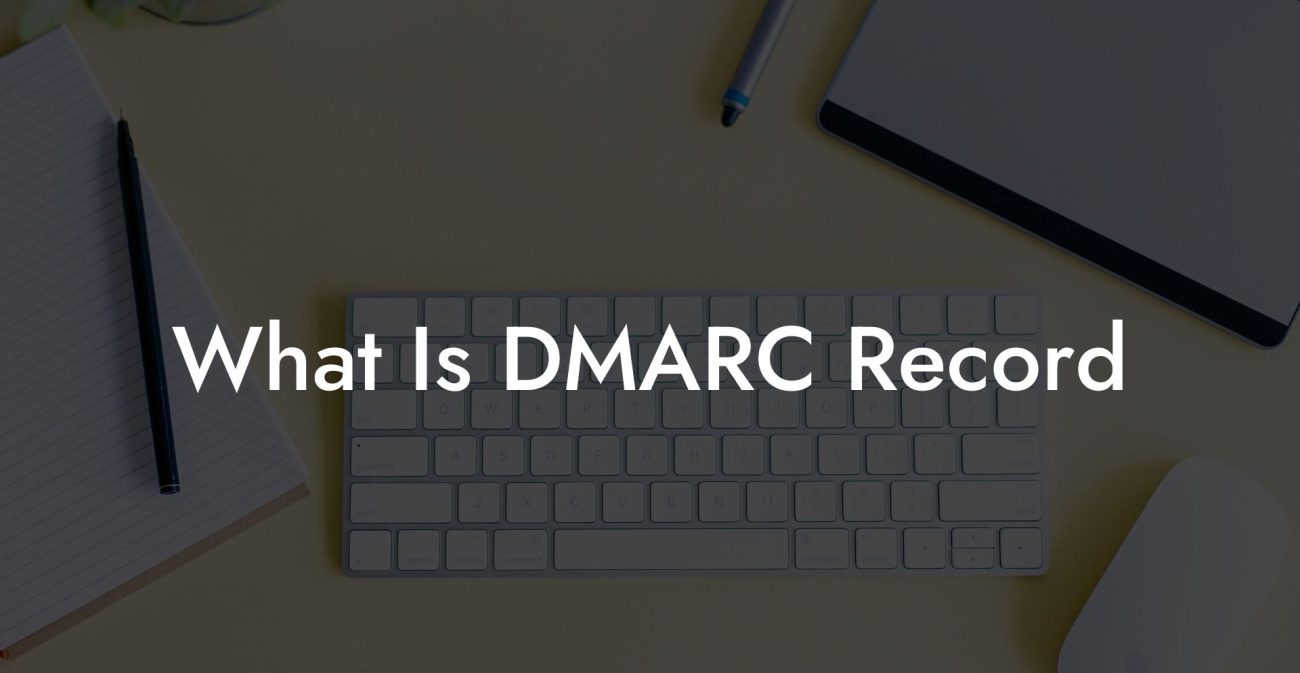In an ever-evolving digital world, protecting your email domain from cyberthreats is of utmost importance. DMARC – Domain-based Message Authentication, Reporting, and Conformance – is an email authentication protocol designed to give domain owners control over their emails. Curious about how DMARC can help protect your organization from email-based cyberattacks? Buckle up as we dive deep into DMARC analysis for better email security.
DMARC Analyze Table of Contents
What is DMARC?
Domain-based Message Authentication, Reporting, and Conformance (DMARC) is an email authentication protocol that builds upon two existing mechanisms – SPF (Sender Policy Framework) and DKIM (DomainKeys Identified Mail). It aims to prevent domain spoofing, a common tactic used by malicious actors in phishing attacks. By implementing DMARC, domain owners can define policies for email authentication and gain better control over their email delivery.
Key DMARC components:
- Authentication: DMARC authenticates emails by using SPF and DKIM mechanisms, ensuring that the email sender and the sending domain are legitimate.
- Policy setting: Domain owners can define policies for handling unauthenticated emails - monitoring, sending to spam, or rejecting altogether.
- Reporting: DMARC provides detailed reports on email authentication and delivery, helping domain owners monitor and improve their email security.
Why is DMARC Analysis Important?
Protect Your Data Today With a Secure Password Manager. Our Top Password Managers:
By analyzing DMARC reports, organizations can gain critical insights into their email domain's performance and security. Some benefits of DMARC analysis include:
Enhanced email deliverability
Using DMARC helps improve email deliverability by ensuring that legitimate emails are authenticated and delivered to the recipient's inbox. Better deliverability can improve the efficiency of your email campaigns and overall communication.
Protection from domain spoofing
Domain spoofing is a common technique used in phishing attacks. By implementing DMARC, you can protect your domain from being misused by malicious actors, significantly reducing the risk of phishing attacks targeting your organization and customers.
Visibility into email traffic
DMARC reports give domain owners valuable insights into their email traffic, including the volume of authentic and unauthenticated emails. This visibility helps organizations monitor their domain's performance and identify potential threats before they escalate.
Building domain reputation
DMARC compliance sends a strong signal to email service providers and recipients that your domain is trustworthy. A strong domain reputation can result in better email deliverability rates and higher engagement with your email content.
How to Analyze DMARC Reports?
DMARC reports are usually sent in XML format, which can be challenging to understand and interpret for most users. Therefore, it's essential to use a DMARC analyzer tool:
Choose a DMARC Analyzer Tool
There are several DMARC analyzer tools available in the market, both free and paid, that simplify the process of analyzing DMARC reports. Choose a tool that meets your organization's needs, budget, and security requirements.
Aggregate and Forensic Reports
DMARC consists of two types of reports – aggregate reports (which provide an overview of email authentication attempts) and forensic reports (detailed information about failed authentication attempts). Make sure your DMARC analyzer tool can handle both types of reports for comprehensive analysis.
Decode and Visualize Data
DMARC analyzer tools decode the XML format of DMARC reports and present the data in a user-friendly, visual format. This helps you easily identify trends, issues, and potential threats related to your email domain.
Regular Monitoring and Adjustments
Consistently analyze DMARC reports to stay up-to-date with your email domain's performance and security. Regular monitoring helps you identify potential problems early and make adjustments to your DMARC policies for improved protection and deliverability.
DMARC Analyze Example:
Imagine a company "ABC Inc." that frequently communicates with its customers through email. Lately, they are facing email deliverability issues and have become a target for phishing attacks. The company decides to implement DMARC to improve its email security.
ABC Inc. starts by configuring their DMARC record, including the email authentication protocols (SPF and DKIM) and defining policies for handling unauthenticated emails. They then select a DMARC analyzer tool to help them understand the DMARC reports they receive.
After setting up the necessary components, ABC Inc. starts receiving DMARC aggregate and forensic reports. The DMARC analyzer tool processes these reports, presenting an easy-to-understand visual representation of their email traffic. Through regular monitoring and adjustments, ABC Inc. successfully improves its email deliverability, domain reputation, and protects itself from domain spoofing attempts by cybercriminals.
Now that you've learned about the crucial role DMARC analysis plays in enhancing email security, it's time to take action. Implementing DMARC can help protect your organization from cyberattacks, improve email deliverability, and boost your domain reputation. Don't forget to share this guide with others in your network who might benefit from a comprehensive understanding of DMARC! Explore more resources on Voice Phishing to stay updated on the latest cybersecurity trends and best practices.
Protect Your Data Today With a Secure Password Manager. Our Top Password Managers:















